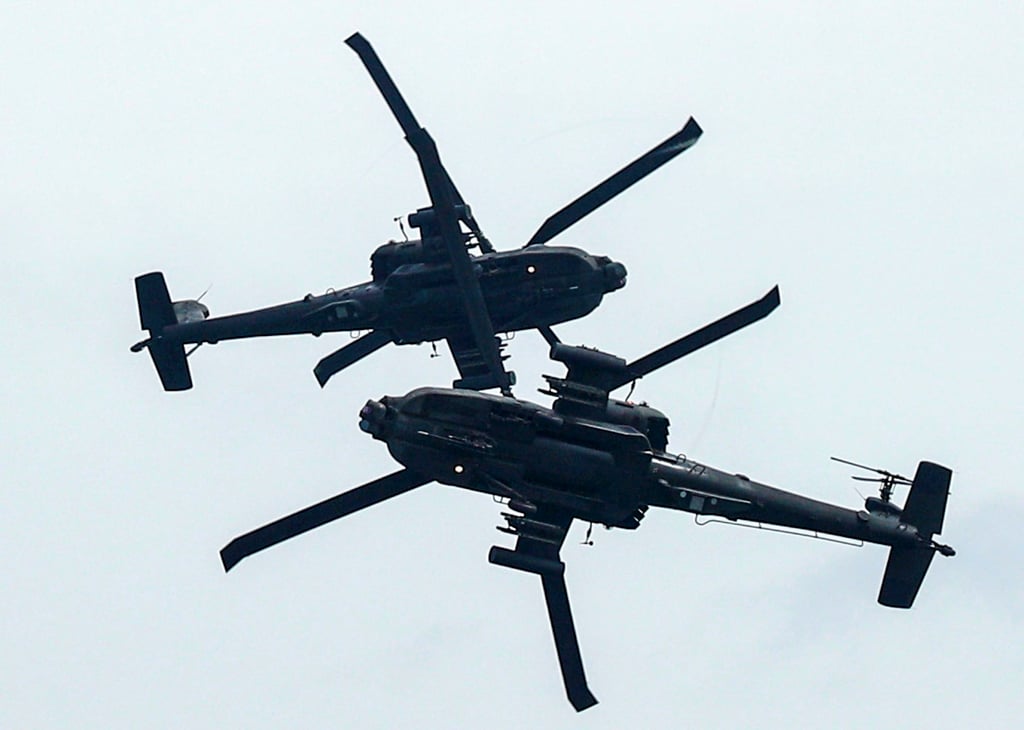Singapore’s new cyberdefence force: a reflection of modern warfare in the digital age
- The launch of Singapore’s Digital and Intelligence Service comes as the Ukraine conflict has thrown cyberwarfare and defence into sharper focus
- Analysts said the move ‘may raise eyebrows at first’, but it’s also ‘proactive and forward-looking’ – and part of a wider regional strategy

Tasked with providing timely intelligence and safeguarding the island state against cyber threats, the Singapore Armed Forces’ fourth branch sits alongside its three traditional ones – the army, navy and air force – and will also work to protect electronic networks and act as an early warning system.
Defence strategies in the digital age have been forced to adapt to the constantly evolving demands of modern warfare, which is now fought almost as extensively in the virtual domain as it is by land, air or sea.

Cyberattacks have become increasingly commonplace, providing aggressors with a deniable yet effective way of striking an adversary in times of both peace and war, as seen this year in Ukraine, where government and financial institutions, satellite communications systems, and other critical infrastructure have been the repeated target of cyberattacks.
“There is a growing recognition that countries must address the reality that cyber elements are becoming more prevalent in modern warfare,” said Eleanor Shiori Hughes, defence analyst at The Asia Group, a strategic consulting firm in Washington.
Both state and non-state actors have grown increasingly sophisticated in how they carry out cyberattacks, she said, and this has spurred regional countries to devote more resources towards boosting their electronic defence capabilities and safeguarding their digital infrastructure.